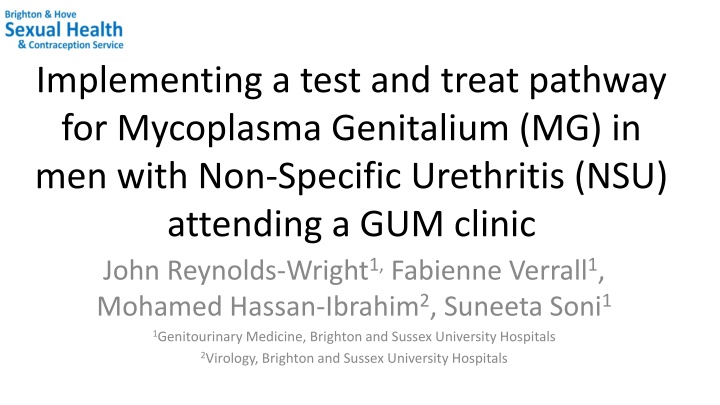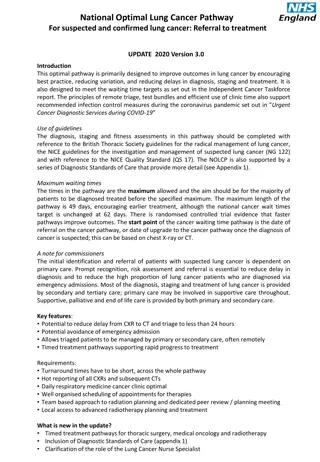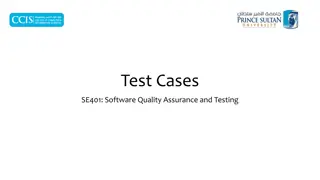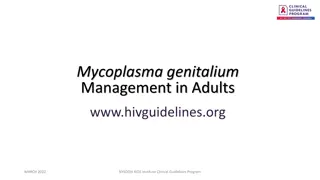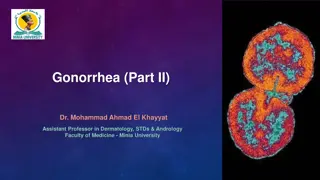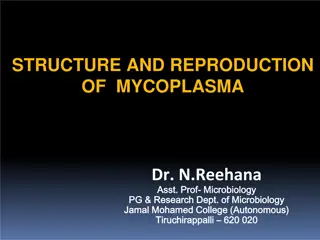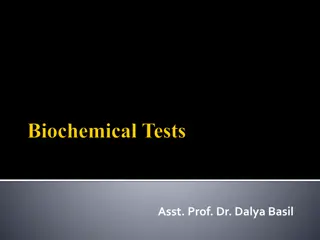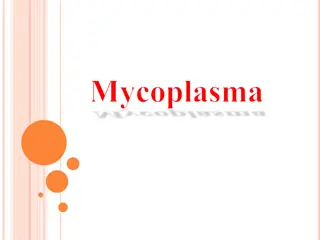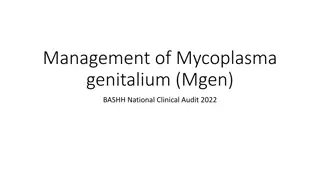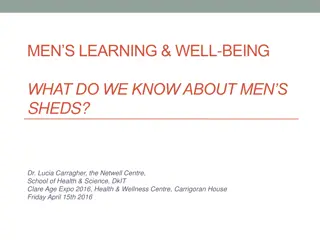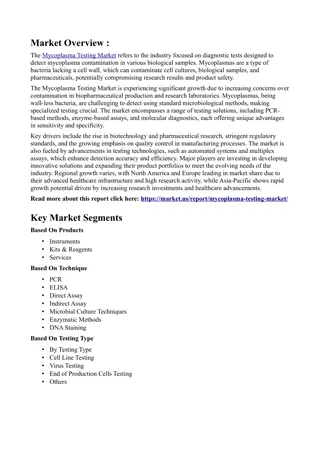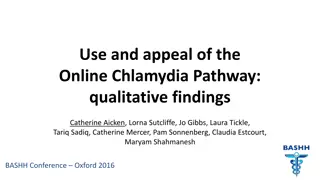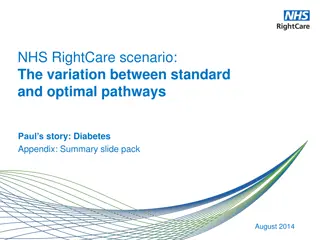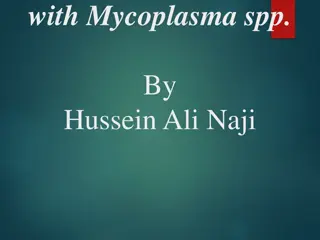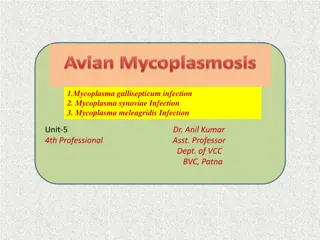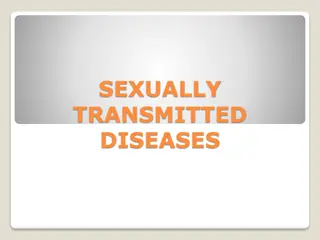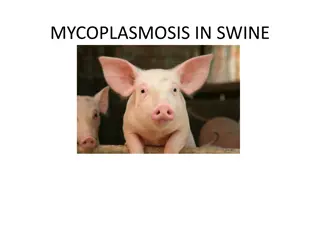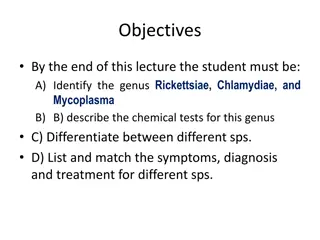Implementing Test and Treat Pathway for Mycoplasma Genitalium in Men with Non-Specific Urethritis
This study focuses on implementing a test and treat pathway for Mycoplasma Genitalium (MG) in men with Non-Specific Urethritis (NSU) attending a GUM clinic. The aim is to determine MG prevalence among men diagnosed with NSU and measure clearance rates post-treatment. The testing pathway involves treating with azithromycin and moxifloxacin based on diagnosis, followed by partner notification, recall to clinic, and test of cure. Demographics and rates of infection were also reported.
Download Presentation

Please find below an Image/Link to download the presentation.
The content on the website is provided AS IS for your information and personal use only. It may not be sold, licensed, or shared on other websites without obtaining consent from the author.If you encounter any issues during the download, it is possible that the publisher has removed the file from their server.
You are allowed to download the files provided on this website for personal or commercial use, subject to the condition that they are used lawfully. All files are the property of their respective owners.
The content on the website is provided AS IS for your information and personal use only. It may not be sold, licensed, or shared on other websites without obtaining consent from the author.
E N D
Presentation Transcript
Implementing a test and treat pathway for Mycoplasma Genitalium (MG) in men with Non-Specific Urethritis (NSU) attending a GUM clinic John Reynolds-Wright1,Fabienne Verrall1, Mohamed Hassan-Ibrahim2, Suneeta Soni1 1Genitourinary Medicine, Brighton and Sussex University Hospitals 2Virology, Brighton and Sussex University Hospitals
Background Mycoplasma genitalium (MG) accounts for 10- 35% of NSU cases1 Men with NSU are routinely tested for Chlamydia trachomatis (CT) and Neisseria gonorrhoeae (NG) Until recently poor access to MG testing and where available testing only done if NSU unresponsive to first line treatment 1. Jensen et al. 2016 European guideline on Mycoplasma Genitalium infections
Background MG is routinely tested for in some countries eg. Denmark and Australia Recent reports of macrolide resistance in MG are up to 40%1 In many UK clinics, Azithromycin 1g is still treatment of choice for NSU 1. Sadiq et al. 2014 High Prevalence of Antibiotic-Resistant Mycoplasma genitalium in Nongonococcal Urethritis
Aims To pilot a test and treat pathway for MG in a busy city GUM service To determine MG prevalence among men diagnosed with NSU To measure clearance rates of MG post- treatment
Method - Testing Pathway Treat with azithromycin 500mg stat and 250mg od for 4 days Symptoms Microscopy NSU diagnosis Treat with Moxifloxacin 400mg od for 10 days Abstinence Partner notification MG detected Recall Patient to clinic Positive Test of Cure Determine whether risk of reinfection Doxycycline 100mg BD for 7 days Test of Cure in 4 weeks Test FVU for CT, NG and MG
Results - Demographics Number of cases of NSU 383 Number of Cases Tested for MG 277 (72.3%) Cases tested for MG (n=277) White 247 (92.1%) Median Age 30 (IQR 23.5-29.5) MSM 96 (34.4%) HIV Negative 259 (92.8%)
Rates of infection MG NG CT 43 9 73 (15.5%) (26.4%) (3.2%) MG + CT = 8 MG + NG = 1
Comparison between MG & Non-MG NSU No significant difference between groups regarding: Variable MG Pos MG Neg p-value 0.205 0.200 0.619 Age (Mean) 30.8 33.1 PMNLs under microscopy (Mean) 2.8 2.5 No. of partners in 3/12 (Mean) 2.4 2.7 0.549* Heterosexual 63.1% 62.2% Independent t-test *Chi squared
Treatment and Test of Cure NSU tested for MG 277 NSU treated with Doxycycline 233 (84.1%) MG identified 43 (15.5%) Returned for MG treatment 32 (74.4%) Returned for TOC 23 (71.9%) Positive TOC 7/23 (30.4%) Treated with Moxifloxacin 6 Not treated 1
Discussion MG accounted for 15.5% of NSU 25% of men with MG did not return for MG- specific treatment ?responded to doxycycline 30% of all TOCs were positive ?antibiotic resistance or re-infection
Conclusion Testing for MG should be routine in men presenting with urethritis MG detection should be accompanied by antimicrobial resistance testing Antibiotic stewardship must be a priority for the future Consider alternatives to single dose azithromycin
